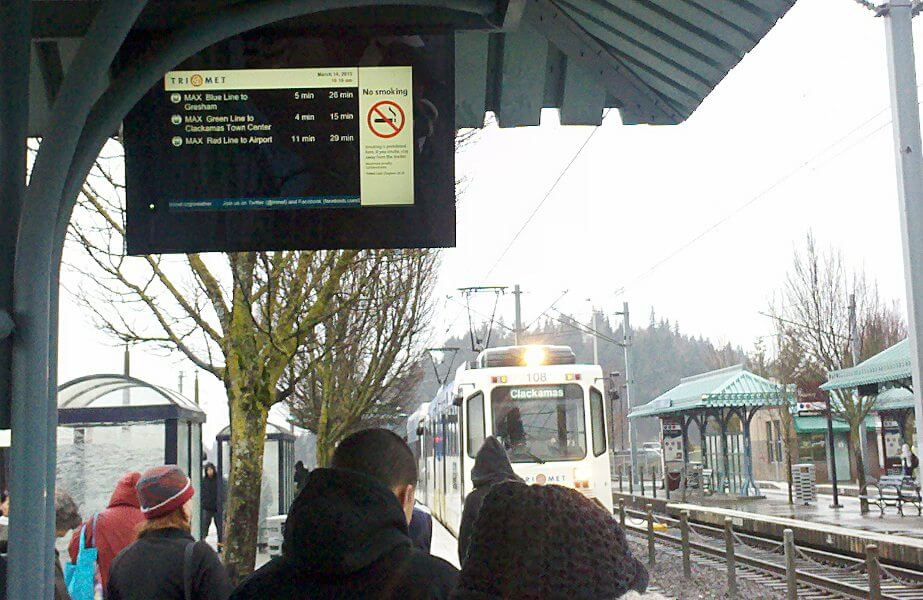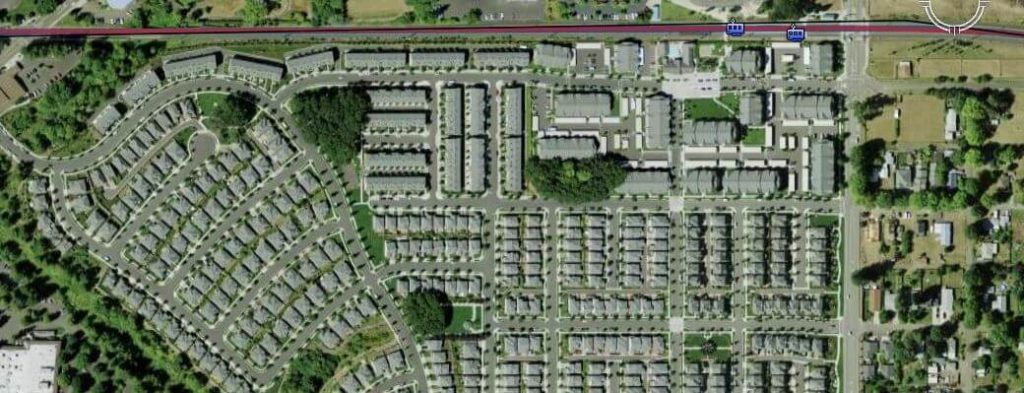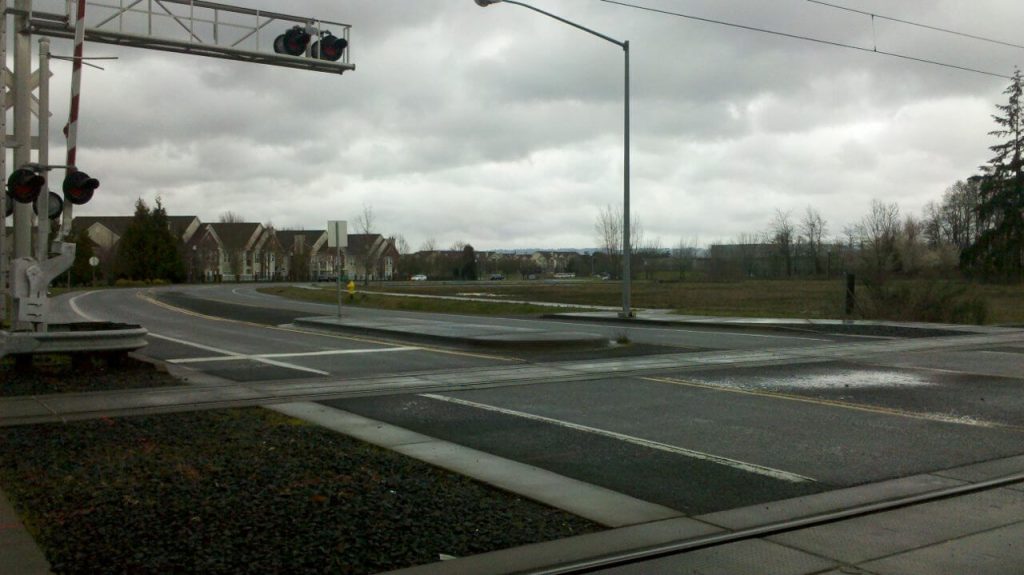MEDIA RELEASE – SKYTRAIN FOR SURREY ORIGINAL WRITTEN CONTENT
Poor revenue and ridership cause free fare zone removal in Portland
FOR IMMEDIATE RELEASE – June 18, 2012 – Surrey, BC
Light Rail advocates in Surrey love to triumph Portland as a successful example of North American Light Rail Transit implementation. However, there is a side to Portland’s LRT that is not known by many—a not so positive side that has to do with its relation to the rest of the transit system.
Just five days ago, TriMet (the transportation agency in charge of Portland transit) decided it would do three things at the same time:
- Remove the downtown free rail zone, which enabled free downtown mobility on the MAX LRT and the Streetcar and the last remnant of a strong downtown free fare zone that began to falter with the elimination of free downtown buses in 2010.
- Remove fare zones, but raising system-wide fares to $2.50 as opposed to $2.10 and $2.40 for 1 and 2 zone fares
- Make more service cuts to an already crippled bus system—there were several extra late-night service and frequency cuts.
If you have visited the City of Portland, you might have boarded this MAX Light Rail train because it was free to ride. It is likely that a significant ridership drop will follow the removal of the free fare zone. Given that the MAX has been very noncompetitive for commuters into the city, a potential majority of the ridership on the MAX and streetcar consisted of free-zone riders.
At the same time that many Metro Vancouver pro-LRT advocates are touting Portland as a successful example, many of these same advocates are sharing a mentality and criticizing TransLink and SkyTrain for being an unsustainable, costly to operate, and inappropriate given capital cost constraints. This is despite that TransLink was able to stay strong, maintain existing service levels system-wide, and even raise system-wide service hours in the midst of this economic recession[1].
The Portland MAX (Metropolitan Area Express) LRT system’s construction seems to have made absolutely no difference in its community. In a North American city, rapid transit has to compete with limited-access expressways, better affordability of driving options (compared to Europe), and must cope with the generally lower density in urban and suburban developments and greater distances to transit.

When you don’t design a transit system to be competitive against other options in North America, it should be understandable that not a lot of people are going to ride the service—which also makes it difficult to subsidize the funding to provide the service. This is the big problem for Portland’s MAX LRT. The numbers as they are statistically and in numerous case studies have shown that the preferred choice for travelling in Portland is by automobile and not by bus or LRT.
The lack of ridership and low farebox recovery makes the Portland transit system very vulnerable to sudden drops in ridership or rises in cost, and thus the system has been hit hard during this recent economic recession. There is no money to maintain a downtown free rail service yet alone existing bus service levels.
A datasheet we found showed that the transit mode-share for commute in Portland today is essentially the same as it was 15 years ago (12%). In these past 15 years, more than $4 billion has been spent on Light Rail Transit. Despite this, there has been no indication of any modal shift occurring towards transit, even with the more recent severe hikes in gasoline prices[2]. The system was just not designed to provide the kind of competitveness needed in a North American rapid transit system.
Case studies have also shown with more specifics that it is truly the lack of competitiveness and convenience that make people turn away from LRT as one of their options. An interesting one by the Cascade Policy Institute shows that in several cases, driving was preferred over LRT despite cost savings of even a partial LRT commute[3].
What happens to make this all worse is that this is a cycle: low ridership makes it difficult to get money for providing the service, and huge subsidies are already required to fund transit due to a low fare-box recovery ratio[4]. When a transit system does not have enough riders to break even, the system and service provided are very vulnerable to economic recession—at the expense of the rider. However, a less convenient option for the rider will turn away that rider—which will reduce ridership and revenue again, and so forth.
What this has resulted in is a system-wide cannibalization of bus services. The lack of any profitable portion in the transit system and pressures from local taxpayers are preventing funding to keep in place a promised 15 minute frequent transit network. On the majority of those frequent transit network routes, frequencies have been extended to 17 or 20 minutes[5]. Other bus services continue to be disrupted and cut across the metro, with four cuts (not including the most recent) having happened since 2009[6].
According to popular transit blogger and professional planning consultant Jarrett Walker of Human Transit, who used to work for TriMet in Portland, at least a few routes away from LRT lines are approaching frequencies and service levels so low today that they would be less frequent than they were in the 1980s before any widespread LRT expansions[5].

There have also been numerous claims regarding “triumphs” in nearby economic transit oriented development (TOD) brought forward by the LRT, with excuses like “because it is rail and rail has permanence” brought forward in support of this. The reality is that no measurable amount of the nearby TOD was a result of the LRT; all of the measurable TOD in Portland was the result of accompanying subsidies that enticed developers to build near the LRT, and the LRT itself had little to no responsibility in attracting that development[7].
In many cases, developers actually refused to build transit oriented development.
With no incentives to build near LRT, many high density zoning areas that were to be located near LRT areas were let loose and built in place instead were big box stores such as IKEA, with large parking lots[3]. It is noticeable that where transit-oriented residential development was built, the percentage of commuters using transit was not higher than in other neighbourhoods not even near the LRT[7].

It is notable that many North American cities that have as of more recently been following Portland’s example and taking advantage of a bias towards LRT in transit planning[6] have built LRT systems that have not seen so much success. Examples include:
- Seattle’s Link Light Rail—ridership is far below expectations.
- Phoenix Metro Light Rail—low ridership and extremely high subsidization costs and complete lack of TOD.
- Los Angeles Metro (LRT)—in Los Angeles, system-wide ridership dropped after LRT replaced more competitive express buses.
- Dallas’s DART—It has less riders today than when it was first opened.
We have mentioned time and time again that citizens, advocates and officials should think twice before claiming that is Portland’s transit system is an example for our city. All cities in North America—and that includes Metro Vancouver—should be making smart choices towards more competitive transit options. Building anything less than competitive is a venture that is risky and should be avoided.
Let the recent removal of the free fare zone, additional cuts and fare raise serve as the definitive wake-up call. It is a good time today to be looking for sustainable transit expansion options by looking at the facts—and the fact is that Portland’s transit choices weren’t sustainable.
Additional footnotes:
- New SkyTrain cars were introduced in 2009-2010, improving service hours. Driver-less operation allowed TransLink to experience an overall reduction in system-wide operating cost per revenue vehicle km. See: 2010 annual performance report [Reference #15]
- See previous article: Light Rail Ineffective: Portland transit mode-share unchanged despite over $4 billion in LRT spending
- See: The Myth of “High Capacity Transit” – Study, John A. Charles Jr. of Cascade Policy Institute – [LINK]
- See: TriMet Service and Ridership Information (PDF) [Reference #28]
- See: Human Transit: Portland – Counting By 17 – [LINK]
- See: John A. Charles – Cascade Policy Institute – “Transit Hypocrisy” – [LINK]
- See previous article: Portland: LRT did nothing to attract economic development: Subsidies did that

About SkyTrain for Surrey
SkyTrain for Surrey is the community organization that advocated for the Surrey-Langley SkyTrain extension, which was adopted by the City of Surrey and the Regional Mayors’ Council in 2018. Since our establishment in 2012, our efforts to make this extension a reality have included a 6000-person petition calling for the scrapping of a street-level LRT proposal, and campaigning to make SkyTrain a 2018 municipal election issue in Surrey and Langley. We continue to call for high-quality projects that offer a positive return-on-investment and recognize the rapidly increasing demand for transit.
Media Contact:
Daryl Dela Cruz – Founder, SkyTrain for Surrey
Phone: +1 604 329 3529, [email protected]
